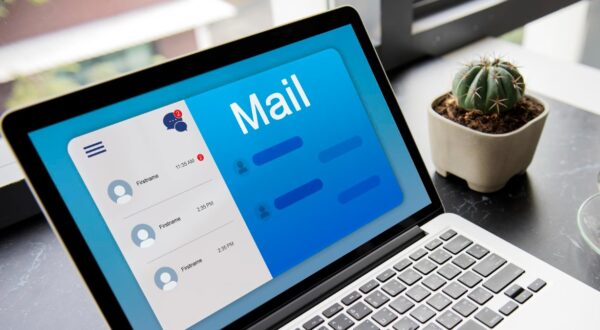Writing emails is a great way for students to communicate with their teachers, friends, and school staff. In an age where everything is casual in the form of chats, messengers, and voice messages, emails have become the most powerful means to communicate formally.
But to make sure your message comes across well, you need to learn to write emails the right way. Here are the top tips to help you write emails that will look truly professional and enhance your image as a student.
Why do students have to write emails – to whom and for what purposes?
Students write emails mainly to connect with teachers for:
- clarifications about assignments
- submit academic assignments
- seek guidance on academic things
- request recommendation letters
Besides their teachers, they interact with classmates for group projects and information related to class assignments. Emails also enable correspondence with university admissions, scholarship committees, and potential employers.
Using mail to communicate helps them learn formal communication etiquette and build professional relationships. It prepares them for future academic and professional careers where effective writing holds the key to conveying ideas, seeking assistance, and building connections.
If you need more clarity on what different tones and how a persuasive style impresses the person you communicate with, find persuasive essay example on EduBirdie website. The site has various essay topics from where you can find inspiration and learn how to be more persuasive in your writing. Some carriers like Gmail provide auto-suggestions, so that will also help you a lot.
Students often write emails to companies seeking internships, co-op opportunities, or part-time jobs. They use emails to inquire about application procedures for recruitment or internships. Students might email companies to participate in networking events, workshops, or conferences. The aim of doing this is to expand their professional network.
How to format
The format should be as per the purpose you want to write it for. An email includes the subject line, the greeting, the main body, and the end part. The format can be formal or casual. It entirely depends on who you’re writing to and for what reason.
How to effectively compose an email
Subject line: Create a concise line. With it, give the main idea, like “Seeking clarification on essays assigned in the homework.”
Greeting: Initiate with a warm greeting. Address your teacher or the important individual you are writing to as “Dear Mr./Ms. ____.” For friends, a simple “Hi” or “Hello” is good enough.
Introduction and body: Start with a brief introduction. Move on to provide additional context or pose a relevant question.
Body content: Expand upon your message. Include all the relevant details but do not use fluff. Maintain a courteous tone and do not use any informal expressions.
Conclusion and signature: Conclude with an appropriate farewell. For formal, consider “Sincerely” or “Best Regards.” For informal, “Thanks” or “Take Care” suits the best. Sign off with your name and contact information/student ID.
Different Email Formats
There are two main types: formal and casual. Let’s see how these two are different. Since students mostly need to send formal emails, let’s cover what it should have.
- For professional or unfamiliar contacts – Use when writing to colleagues, professionals, or anybody you haven’t met.
- Maintain professional language – Write correctly with proper words. Use correct grammar, and punctuation for a serious tone.
- Avoid shortcuts and emojis – Do not use abbreviations or emojis. They make it look too casual.
- Keep It brief and polite – Make your message concise. End it with a courteous closing like “Sincerely” or “Best regards.
Guidelines for Effective Writing
Emails in an education setup: In your school or college, emails serve as crucial communication tools. It’s important to master proper email etiquette.
Maintain professionalism: Always use a formal tone and avoid using slang or emojis. Your language should be respectful and in line with institute norms.
Clarity through conciseness: Convey your message in a short and crisp manner and keep it highly clear. Lengthy messages often lead to confusion. So, prioritize brevity without losing clarity.
Careful proofreading: Before sending, carefully review your email for grammatical and spelling errors. A polished email shows professionalism and attention to detail something that everyone loves.
Provide detailed information: When you seek something, ensure you present all relevant details upfront. This includes dates, attachments, contact information, and any relevant specifics.
Conclusion
Following these tips will make your emails look good and sound professional. Writing a great email takes effort, but it’s worth it. Just remember, this is a basic guide, and sometimes things might change based on who you’re emailing or why.
